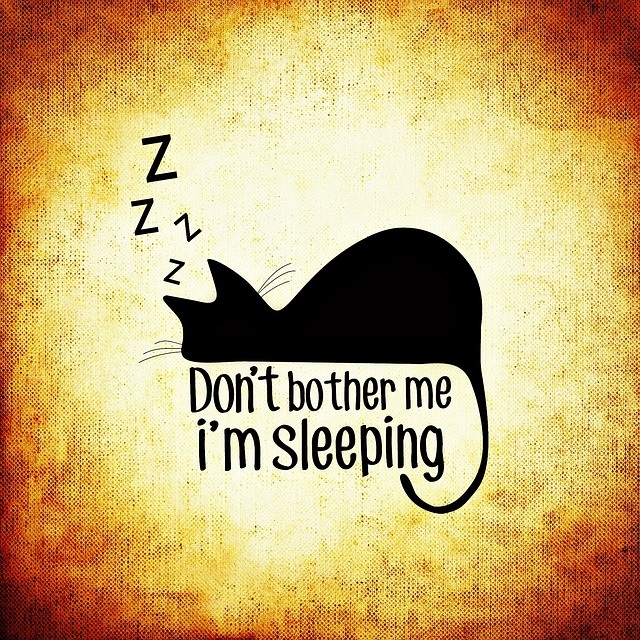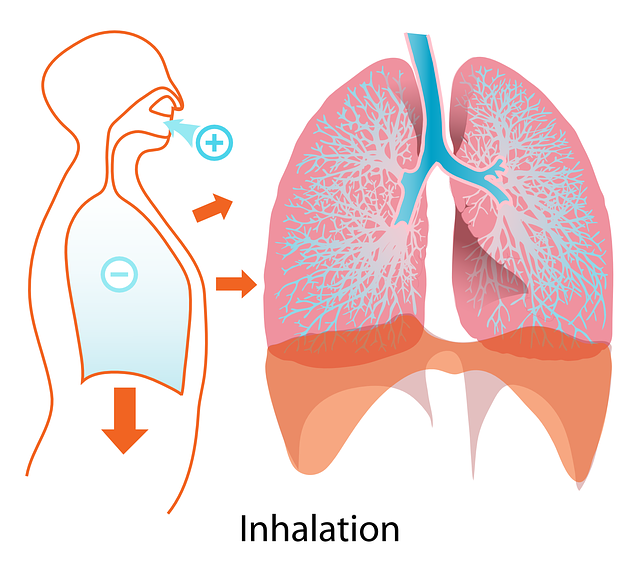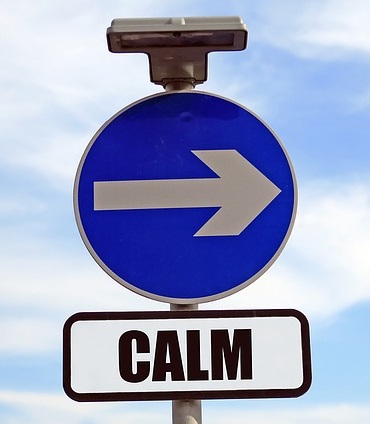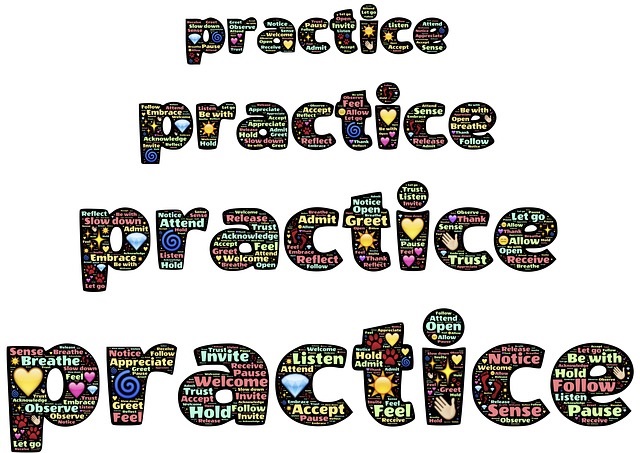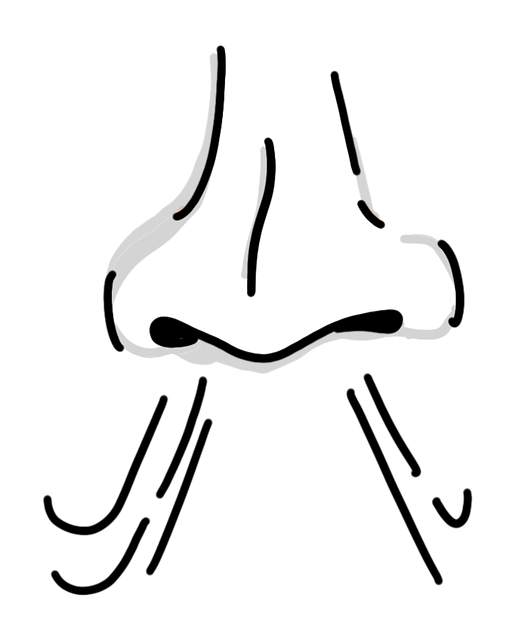Can’t get enough ZZZ’s?
Is counting sheep not effective?
Millions of people – somewhere in the 50 – 70 million range in America alone – have sleep problems. Geez. That’s a lot of tossing and turning. A billion-dollar industry if pillow, mattress, medications, lotions and potions, and doctor visits are added up.
Aside from those of us who can’t turn off late night TV, Netflix, or those who choose to lean over their cell phones all night, there are those who just can’t get to sleep.
Body in bed.
Eyes closed.
Brain spinning, or brain worried about not going to sleep.
Now that’s really going to help.
Not.
The book, Breath – The New Science of a Lost Art, by James Nestor, continues to amaze me. After writing about it recently, I continued to peel back the layers of Nestor’s discoveries and personal experiences.
My copy is the most highlighted, underlined, dogeared book I’ve ever read. Even the appendix is riveting. Every breathing human should have a copy – just saying.
Today, I want to revisit the box breathing technique I shared with you HERE and the 4-7-8 Breathing technique. Both breathing patterns can relax you to sleep.
BOX BREATHING
Decathletes and Navy SEALs use breathing techniques such as this to calm down, slow pulses, and increase focus. You can do it in any situation, and it’s easy:
- Inhale to a count of 4; hold 4; exhale 4; hold 4. Repeat.
To increase the body’s relaxation response, lengthen the exhalation to this pattern:
- Inhale to a count of 4; hold 4; exhale 6; hold 2. Repeat.
The longer exhalation assists the body to relax deeply enough for sleep.
4-7-8 BREATHING
Dr. Andrew Weil, one of my favorite wellness gurus, made this technique famous as it encourages the body into a state of deep relaxation, allowing for sleep.
Here’s how:
While box breathing and its variant are easy to master, you may want to breathe along with Dr. Andrew Weil for the 4-7-8 breathing. You can go to Asleep in 60 seconds: 4-7-8 breathing technique claims to help you nod off in just a minute – YouTube to get Dr. Weil’s full explanation on how to use this technique effectively- not only for sleep, but for anxiety and to lower pulse and blood pressure.
There will be more posts on breathing as I introduce to you the perfect breath and much more.
Get some ZZZs tonight.
In health-
Deidre
Please sign up for the FoodTalk4You newsletter. Just fill out the quick form on the left of this page!








